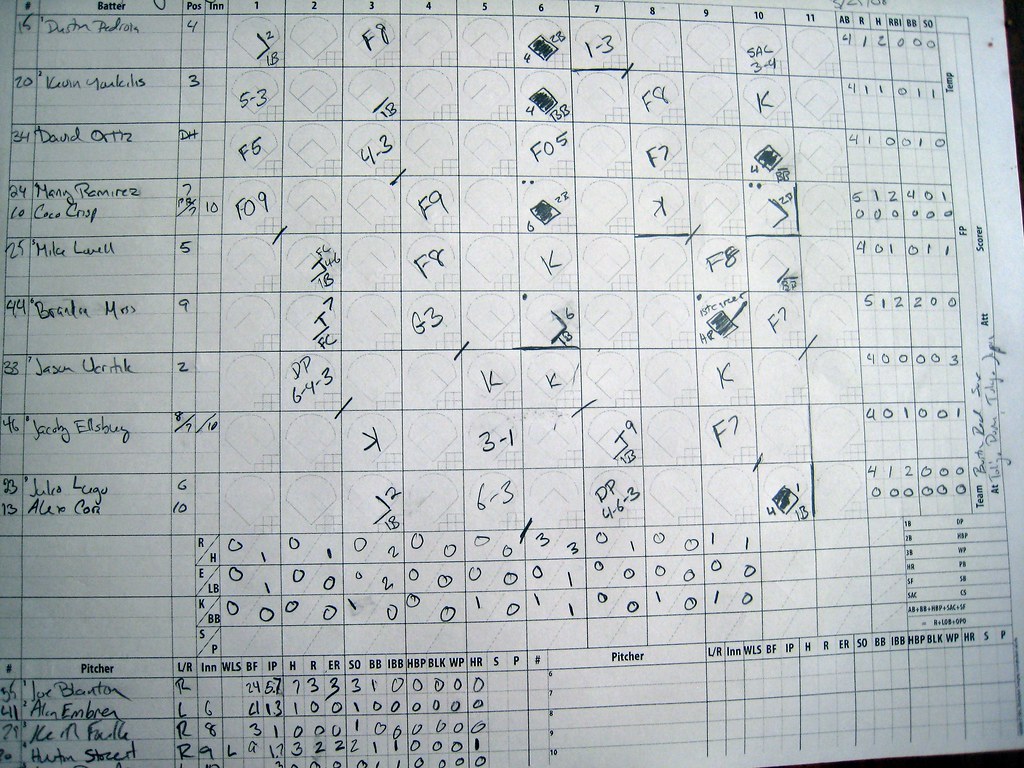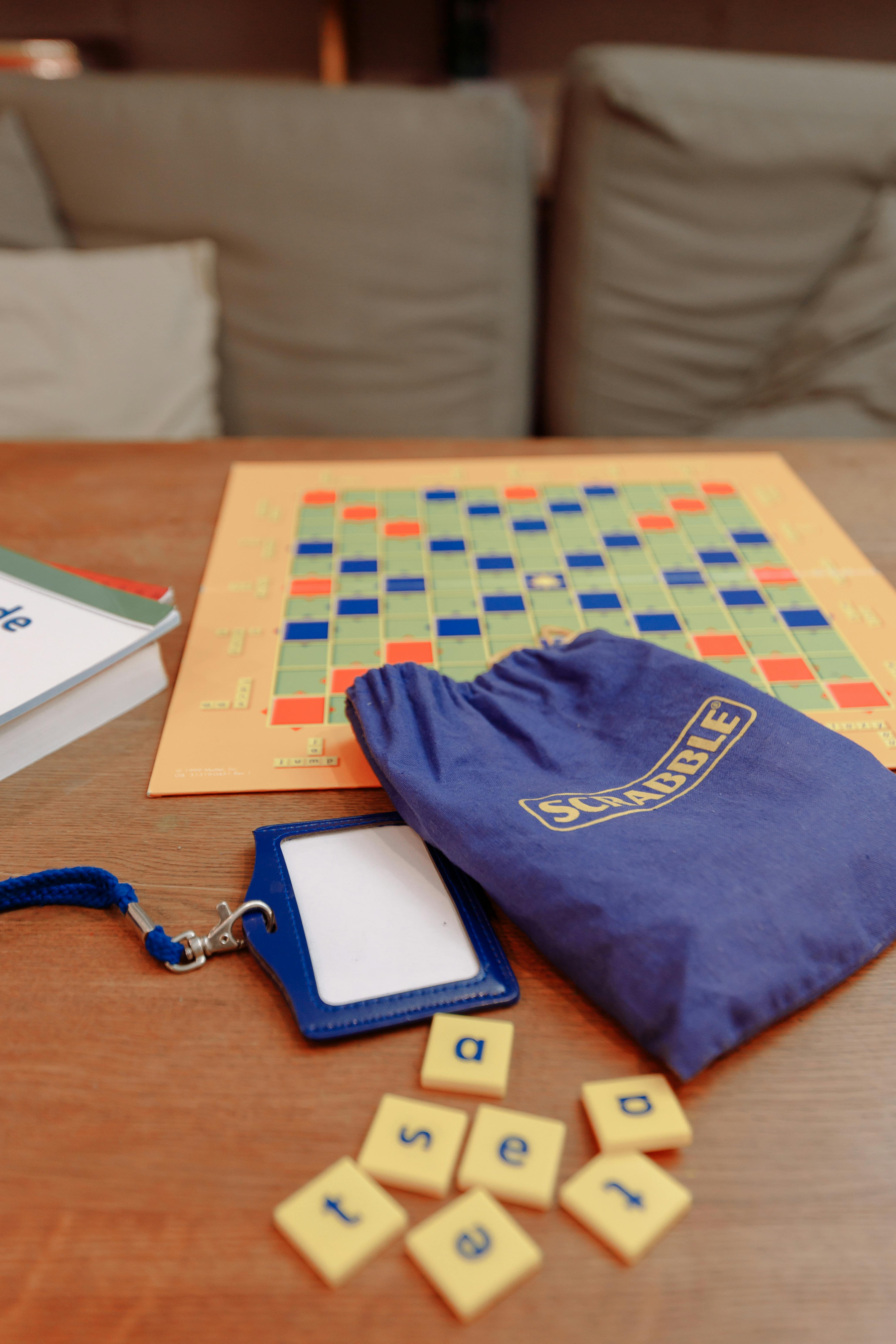
The art of writing can often feel like balancing on a tightrope, as writers strive to score slip stick smooth transitions between ideas in their work. Achieving this fluidity is essential for engaging the reader and ensuring that their journey through the text is both enjoyable and informative. By harnessing techniques that allow for seamless integration of thoughts and concepts, writers can enhance clarity, maintain momentum, and ultimately create more compelling narratives.
| Technique | Description | Benefit |
|---|---|---|
| Transitional Words | Using words like ‘however’, ‘therefore’, and ‘meanwhile’ to connect ideas. | Creates flow and guides the reader seamlessly from one concept to the next. |
| Consistent Tone | Maintaining a uniform style and tone throughout the piece. | Ensures that the writing feels cohesive and unified. |
| Varied Sentence Structure | Alternating between different sentence types and lengths. | Keeps the reader engaged and prevents monotony. |
The Magic of Transitional Words

Imagine reading a book where every sentence feels like a separate island, each idea disconnected from the next. Not very appealing, is it? That’s where transitional words work their charm. By inserting words like however, therefore, and meanwhile, a writer can weave a pathway between thoughts, easing the reader’s journey through the text. These small but mighty words guide us from point A to B seamlessly, making complex ideas not just digestible but also enjoyable.
Transitional words do more than just connect ideas; they help emphasize relationships and create expectation. For example:
- However highlights a contrast or conflict.
- Consequently shows cause and effect.
- Furthermore adds information or reinforces a point.
No matter the type of content, transitional words are key to a smooth narrative flow.
The Power of a Consistent Tone

Ever watched a movie where the tone abruptly shifts, leaving you confused about whether you should be laughing or crying? Writing can suffer from the same issue. A consistent tone acts like the unseen script that keeps your piece grounded, helping readers understand and appreciate the story or argument you’re presenting.
When you keep a uniform tone, you create a sense of trust and reliability. Readers know what to expect and feel comfortable enough to relax and absorb the information. Whether the tone is formal, conversational, or whimsical, maintaining it throughout ensures coherence and keeps readers faithful to the narrative journey.
Keeping It Fresh with Varied Sentence Structure

Imagine listening to a symphony where every instrument plays the same note, at the same pitch, repeatedly. Boring, right? Writing, like music, thrives on variety. Changing up sentence structures keeps your prose lively and engaging. Short sentences create a punchy impact. Longer, more detailed sentences deliver complexity and depth.
A few benefits of varying sentence structure include:
- Maintaining interest: Variety breaks monotony and keeps readers on their toes.
- Enhancing readability: Different structures offer natural pauses, aiding comprehension.
- Building rhythm: A dynamic flow mirrors the ups and downs of storytelling, akin to a captivating melody.

Incorporating this technique not only enriches your writing but also ensures your audience is captivated from start to finish. If you’re interested in exploring more about transitions and structures, check out this Slip-and-Score-The-Ultimate-Guide-to-Clay-Pottery-Techniques for additional inspiration.
Ready to transform your writing with these techniques? Share your thoughts or examples in the comments below. Let’s keep the conversation—and the writing—flowing smooth and strong! Additionally, feel free to explore our most recent articles for more insights.
Exploring the Score, Slip, Stick, Smooth Technique
The art of writing can often feel like balancing on a tightrope, as writers strive to score slip stick smooth transitions between ideas in their work. Achieving this fluidity is essential for engaging the reader and ensuring that their journey through the narrative remains seamless. In a similar vein, Andy Williams demonstrates the “Score, Slip, Stick, Smooth” technique in his YouTube video, highlighting the parallel precision and care required in both writing and pottery.
What Does “Score, Slip, Stick, and Smooth” Mean, and Why Is It Important?
Scoring involves lightly scratching hatch marks on both clay surfaces before joining them. Often referred to as “score and slip,” this method pairs scoring with a liquid clay mixture (slip) that acts like glue to bond broken pieces or attach elements such as leather-hard handles or knobs. After scoring and applying slip, you gently stick the pieces together and smooth the seams. This technique is key for creating sturdy pottery, preventing cracks, and ensuring a clean, professional-looking finish.
How Do I Make Slip Smooth?
Start by adding a splash of white vinegar to your slip, then give the container a good shake. Stir the mixture with a stick and let it sit for about 15 minutes. Shake it again and stir for another 5–10 minutes until it’s free of lumps and reaches a creamy consistency. This whole process generally takes about 15–20 minutes, resulting in a beautifully smooth slip that’s ideal for techniques like joining, slip trailing, and other decorative effects.
What Consistency Should My Pottery Slip Be?
Pottery slip usually has the texture of heavy cream or yogurt. However, you can adjust the thickness depending on your project needs: a thinner slip works well for casting and delicate surface details, while a thicker mixture is perfect for scoring, sticking, and smoothing. This flexibility makes slip an indispensable material for a variety of ceramic applications.
Concluding the journey of mastering the art of writing, it’s clear that achieving smooth transitions between ideas is not just a skill but an essential component that elevates your work. By focusing on scoring, slipping, and sticking to seamless connections, you can create a narrative that captivates and guides your readers effortlessly from one thought to the next.
Stay Connected and Keep Writing
If you enjoyed exploring the nuances of smooth writing, make sure to stay updated with more tips and inspiration by following us on Instagram. Let's continue this creative journey together and keep the conversation flowing!
